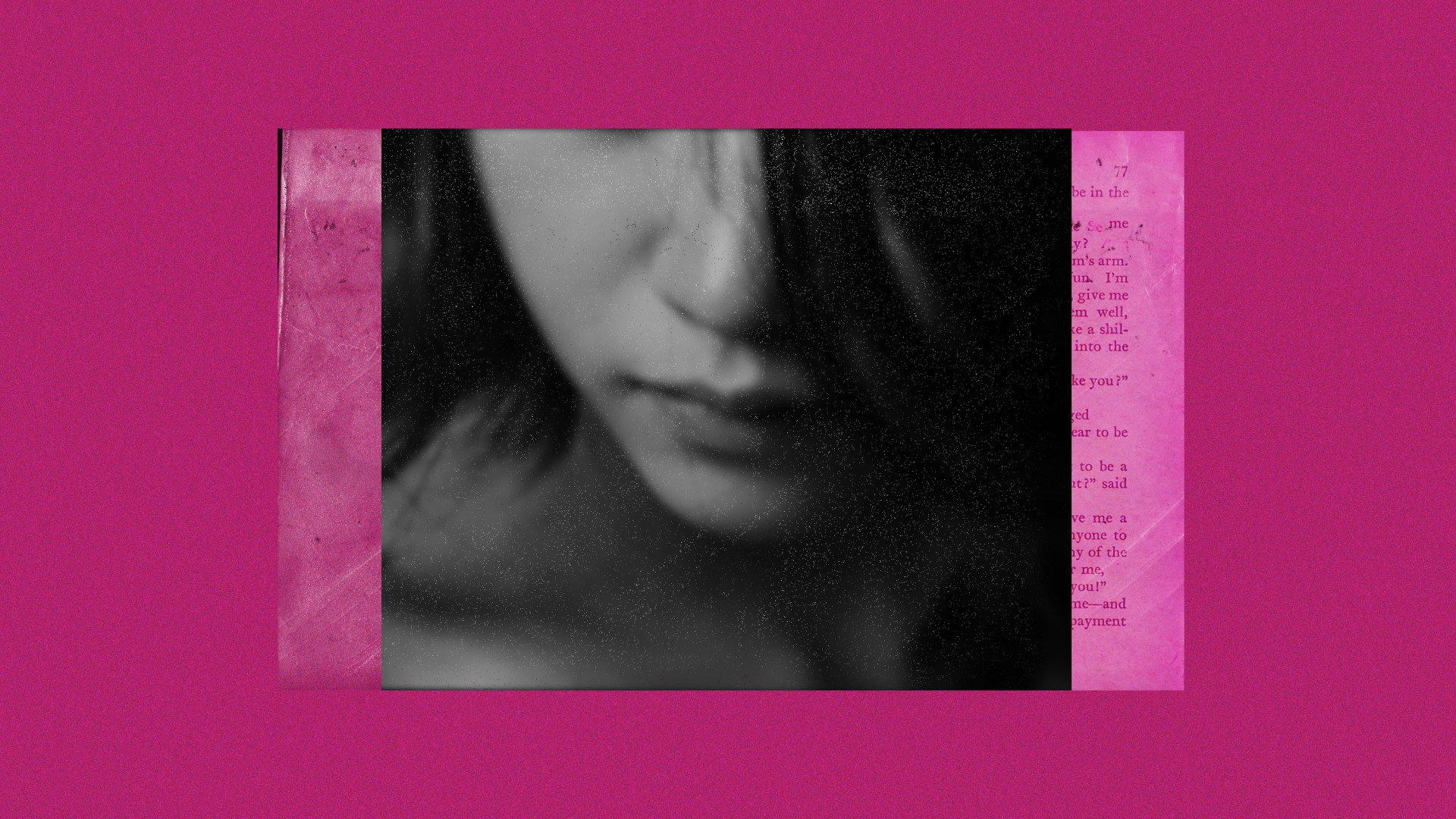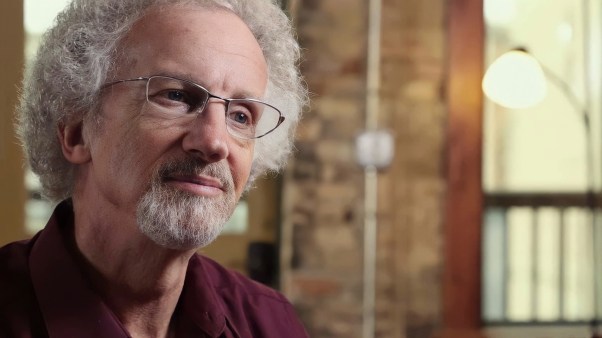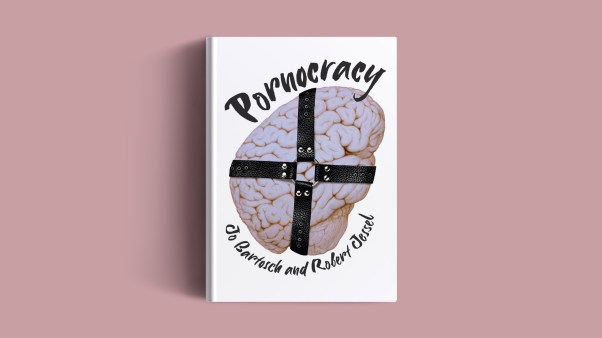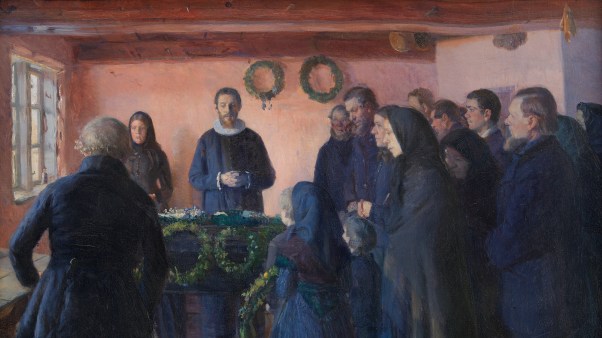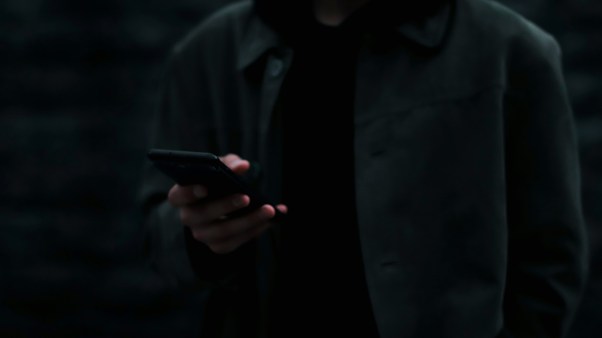Phylicia Masonheimer is an author, theologian, and the founder of Every Woman a Theologian. She recently sat down with The Bulletin podcast’s Clarissa Moll for a transparent conversation about the rise in women’s erotica and her path to freedom from addiction.
This transcript has been edited for clarity and brevity. Listen to the full conversation here.
Most Americans don’t consider full or partial nudity as porn. Coming to this question as a woman, a mother, a wife, a theologian—what is porn?
I can see why people struggle a bit with definitions of pornography, because seeing partial nakedness or nudity isn’t always meant to cause sexual arousal. Examples of this might be Renaissance art or a picture in National Geographic. We know innately that these images are not designed to cause sexual arousal.
Pope John Paul II made a distinction between nudity, whose purpose is to cause sexual arousal, and nakedness without shame. Much of the sexually explicit writing and images we see in American culture has a goal, and that goal is sexual arousal or exploration. Or just that subtle attitude of something slightly naughty or bad about this.
The erotic audiobook market has exploded over the last few years. A common site for erotic audio had 5.4 million listeners in 2022. The New York Times has reported on the rise of romance bookstores. Why do you think women would rather hear or read porn than see it?
My husband and I both have a history of pornography addiction, mine in the form of erotica and his in the form of visual pornography. And both of us now work with people, men and women respectively, who are breaking free from those addictions.
In our experience, women tend to be drawn to pornographic content that allows them to imagine being the main character in the story. When the setting and the conversation and the relationship and the desire of a man toward a woman is being framed in story, it’s much easier to put yourself as the center. You can imagine it in your mind, and you can even customize what’s written to yourself.
It’s a difference in how desire is processed. Men are often going to pornography out of a childhood wound, and pornography helps them to take back a form of control. Oftentimes, men are not looking at pornography as the main character in a story. They’re looking at the woman’s face and feeling like this person desires me.
In both cases, it’s heartbreaking because men and women are both seeking to fill a wound or a void when they go to this material and they don’t even realize that’s what’s happening. Women want to feel loved and desired, and this storyline allows them to do that. Men want to feel loved and desired, and this visual allows them to do that.
Rebecca Yarros, the author of Onyx Storm and a number of other romantic novels, said that she liked to insert her husband into the story because this was a way of celebrating their relationship. But what I’m hearing is what she perceives as a celebration of her relationship can actually be meeting a place of deep longing and woundedness for women who desire that kind of attention or care or love.
Exactly. Oftentimes, women will push back and say, “Well, it’s not erotica, it’s romantic.”
In a traditional erotic book, like a Harlequin novel, the plot is weaker than you would get in a romance novel. It’s mainly just a vehicle for the sexual content. I had an erotica addiction for almost a decade, so I’ve read a lot of these books, and they stick with you.
Unfortunately, in these modern books—this “romance” that’s not labeled as erotica—the scenes are more extreme than what I was reading in Harlequin novels years ago. It’s the same kind of content but with a more appealing storyline.
Yarros, in the Fourth Wing series, has essentially built a Harry Potter world for dragon riders. Think about it. The primary market is millennial women who grew up reading Harry Potter and Twilight. It’s like the best of both worlds. It’s genius writing on her part in terms of the plot.
What’s unfortunate is that it’s appealing to these women and ushering them into what could be, and often is, the beginnings of an addiction. That’s the part of this that I think women need to be aware of—the impact that these scenes inevitably have on your view of yourself, your view of sexuality, your view of men, your view of marriage, and how your brain is processing the dopamine that is achieved from these scenes.
Talk to me a little bit about how your relationship with pornographic literature developed.
My exposure to erotic fiction was not in my home. It was not with my relatives. That is actually a very common path for many Christian women: Mothers, aunts, older sisters, and even pastors’ wives will recommend books to them. That’s their entry point into erotic addiction and then, later on, sometimes into visual pornography.
I was 12 years old, I was at a garage sale, and I found a book that didn’t have a cover. I thought it was a Boxcar Children book, you know, in my naiveté, my innocence. I started reading and was totally shocked. But what’s wild about these scenes is that there is a physical response. Your brain responds to what it’s reading. It also brought about a shame response, because again, the nakedness that’s being presented here is not without shame. And so I kept it a secret.
And when you keep things a secret, they fester, right? I started seeking out information. Where can I find more books like this? The culture in which I was growing up was not a culture where you could be vulnerable about failures or struggles in regard to sexuality, so that played a role too.
By the time I was in college, I was a believer and felt like I was living a double life. I knew this was affecting how I saw men. It was affecting my dating life, because the men in these books are often very aggressive, very dominant, kind of patriarchal; and the way it’s presented is as strength and virility. I was being drawn to men who were emotionally unavailable, who were avoidant attachment, who were sexually pushing boundaries, and I thought that was attractive because that’s what I had consumed for years.
When I met my husband, who is the most humble, kind, gentle, loving, and strong man, it was actually difficult for me at first to be drawn to him, because the way I perceived masculinity had been so twisted by this content. We don’t often talk about how it unconsciously, over time, impacts how we perceive our husbands or our dating lives. Are we being fair when we allow erotic novels to shape us if we wouldn’t want a man to be shaped by the content that he’s watching on a triple-X site?
Common Sense Media lists Rebecca Yarros’s books, and it was interesting to see how the reviews shook out. Children literally said there are page numbers to skip so you can read the story and avoid the porn, as though our kids are thinking you can eat the mac and cheese but pick the peas out if there’s something you don’t like.
In one sense, it sounds like good discernment. But at some point, we have to ask ourselves: Is putting these books in front of our children the wisest thing? Is their discernment muscle strong enough? This is a question that adults need to ask too.
Christians today often tend to look for the lowest common denominator. But the real question isn’t “How far can I go?” but “How holy can I be?” One of the signs that you have an addiction is if you get bored reading. When you pick up The Hobbit or a Brandon Sanderson novel and you find yourself checking out and getting bored, I guarantee you that you have become dependent on the dopamine from those sexual scenes.
Are you able to discern and skip over content? Probably some people can. Is it the wisest choice? Not always.
Fifty-six percent of women under the age of 25 seek out porn, and a third of them are regularly seeking it out every month. It’s everywhere: in hotels, in airport bookstores. It must be very hard for a person who says, “I want something different for my life.” What did those first steps toward freedom look like for you? I imagine it wasn’t easy.
No, it wasn’t. There will be people in your life who tell you that it’s not that big of a deal. Partially, perhaps, because they feel convicted by your recognition and your trying to find freedom from it. When I talk about this online, there are women who get very angry and defensive. “It’s just a book. People are doing worse,” they’ll say—which is never the measurement of what is good for us.
For me, it started with eliminating the areas that I knew were the greatest temptation. I stopped reading romance entirely. Part of the reason I didn’t just switch to “closed-door” romance was because, for me, the entire romantic plot line was creating discontent for me as a single woman. I was still finding myself searching in the plot line for those scenes while I was reading. My brain was actually hunting for them.
I switched to nonfiction and children’s literature, not young adult—kids’ chapter books, which isn’t for everybody!—theology and memoir, genres where I knew I was safe. I also stopped going to the movie theater because I couldn’t anticipate what scenes would be in a movie, and I knew I needed a period to detox.
Josh, my husband, works with a program for pornography recovery called Revive Your Life. They intensively detox the men from pornography, but also from the otherthings they go to for dopamine hits, like junk food or impulse shopping, because often you will transfer your addiction to something else. You have to rewire your brain by completely breaking from the thing that your brain has become dependent on.
It became months, and then years, where I was like, “I can’t read that. I can’t watch that.” Then slowly I was able to reintroduce clean romance, starting with old classical romance like Pride and Prejudice. The purpose of this is to get you to the point where you appreciate a good story for a good story without needing to have that edge to it, and then, once you are in that place, reintroducing fiction that honors what is true and good and beautiful. That helps you to continue on that path.
This is an aspect of the rise in women’s porn that is especially dehumanizing. It is escapist, but it’s also corrupting a genre of literature that can be so beautiful. C. S. Lewis says, “Let there be wicked kings and beheadings, battles and dungeons, giants and dragons, and let villains be soundly killed at the end of the book.” This genre in particular can be such a precious vehicle for good and true and beautiful words to be spoken and truths to be conveyed, so it feels like a particularly insidious way for untruth to worm its way into women’s hearts.
J. R. R. Tolkien, C. S. Lewis, G. K. Chesterton, they all said this: There is an innate desire in the human heart for that story arc of good and evil and the reconciliation of all things and of me being a part of that reconciliation, that desire to be part of something bigger than ourselves.
I think there’s a reason we’re drawn to stories like Fourth Wing—there’s adventure and teamwork and dragons, right? But then there’s this intertwining of good and evil—the subtle presentation of a worldview that is very gray. We don’t realize the effect it’s having on us when we’re sitting in a book club and women around us are saying, “This is our next book,” or “I think you’ll love it. It’s so good.”
This is a millstone around the necks of younger believers. If you saw the emails from the women I’ve worked with over a decade, you’d see the grief and the anguish and the agony of trying to find freedom from an addiction that began with a trusted woman in their life handing them a book when they were 13, 14, 15, 25—someone they trusted to be a spiritual adviser. Somebody they knew they could follow into spiritual maturity. This is where a lot of this is happening.
We think that shameful things need to remain in darkness, but this conversation is a reminder of the power that exists for us, that is available to us, when we bring things into the light. It’s both the power to reconcile relationships, as you’ve talked about, and the power to renew our minds as we interact with the very real longings that we have for intimacy and community.

